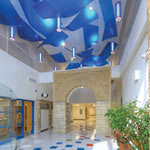
The forgotten component of the educational experience.
The Bipartisan Budget Act passed the House and will pass the Senate and become law before adjourning. There was no interest by the conference committee to a long-term grand bargain that could have included reforms to entitlement programs and taxes. The agreement addresses short-term spending or immediate budget needs.
After a recent fire sprinkler activation on a food-service line, there was a review of what caused the sprinkler to activate. The activation was not due to a fire or a problem with the sprinkler head. It was determined that the sprinkler activated due to misplaced equipment under the hood.
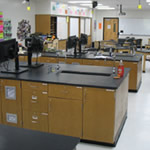
Creating learning spaces for a stem environment.
A lesson learned from a close call. Recently, a fire sprinkler activated on a food service line. There was a review of what caused the sprinkler to activate. It was not due to a fire or a problem with the sprinkler head, but due to misplaced equipment under the hood.
College and universities should carefully consider their business plans to achieve successful results for today's nontraditional student population.
When you enter a room, what do you notice first? Chances are it’s the walls. Wallcoverings are one of the easiest and most cost-effective ways to create design impact in a school.
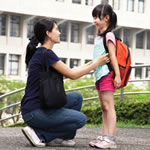
Simple solutions can enhance school safety.

Putting students and learning first in a daylight-enhanced environment.

A look at the challenges facing a digital signage network in higher education.
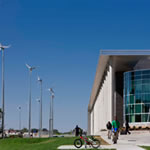
Nurturing, teaching and promoting sustainability for future generations.
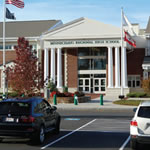
Here's how one small school district schedules preventive maintenance.
Educators know that students learn at different paces and on varying levels, so alternative methods of instruction are beneficial. Audio/visual aids make learning entertaining and fun, and encourage students to pay attention because they are engaged and interested. When these aids are coupled with a well-spoken instructor, the possibilities to learn are endless.
The "deal" crafted by Senators Harry Reid and Mitch McConnell, and several senators from both parties passed both houses of Congress and was signed by the President, was a short-term fix. This is the reason for the revised title. The deal was not a fix but a temporary band-aid.